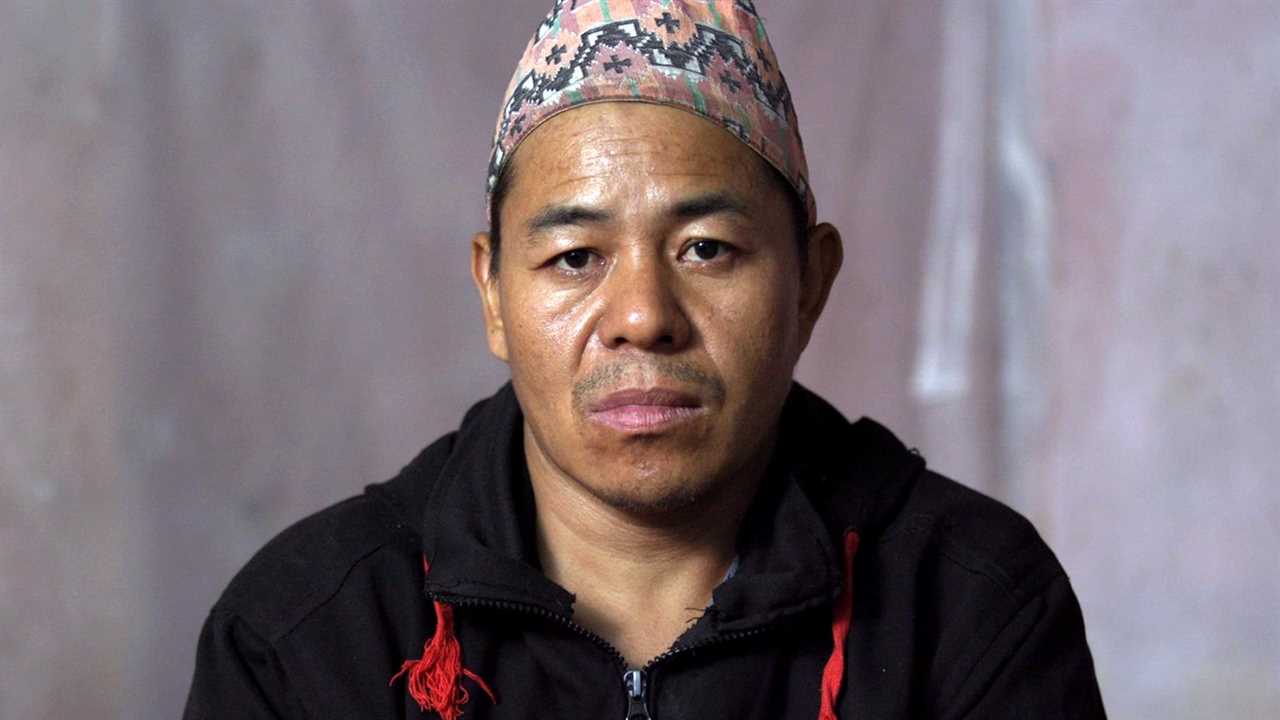
Nicole Salazar, Pramod Acharya and
KATHMANDU, Nepal — As the World Cup comes to a close, what will happen to the workers who helped Qatar make it possible?
The small nation of Nepal has sent more workers to Qatar per capita than any other country.
In the fall of 2022, The New York Times spoke to nearly three dozen Nepalis — current and former construction workers in Qatar and members of their families — to learn what their lives are like now and what is next for them. Most had worked on construction projects related to the World Cup, including stadiums and other infrastructure that supported Qatar’s development boom.
After enduring at times exploitative or dangerous conditions, many workers said they remained stuck in poverty and debt, with no choice but to continue to work abroad, whatever the risks.
“Working in a foreign country is not a choice,” said one worker, Ganga Bahadur Sunuwar. “We are compelled to do it.” Mr. Sunuwar, 44, is now back home in Kathmandu after years of working in a steel factory in Qatar, where doctors say he developed severe occupational asthma.
Mr. Sunuwar knows that working abroad — which would mean taking on more debt to secure a job and then having limited say over his working conditions — could be a risk to his health. But despite these concerns, he is seriously considering it.
Times reporters witnessed a near daily scene at Nepal’s main international airport in Kathmandu: the arrival of coffins, primarily from the Gulf and Malaysia, carrying the bodies of migrant workers. Since 2010, when the World Cup was awarded to Qatar, 2,100 Nepalis have died there of all causes, according to Nepal’s Labor Ministry.
An estimated 2,000 migrant workers continue to depart from the same airport every day. Despite the grueling working conditions, like extreme heat in the Gulf, many feel they have no alternative to foreign employment. As a result, young men are absent from many homes, and families spend years apart. About a quarter of the country’s gross domestic product is earned abroad, one of the highest percentages of any country.
Nicole Salazar and Sarah Kerr reported from Kathmandu and Doha, Qatar, and Pramod Acharya from Kathmandu.
-----------------------
By: Nicole Salazar, Pramod Acharya and Sarah Kerr
Title: The World Cup Is Ending, but the Migrant Labor Economy Grinds On
Sourced From: www.nytimes.com/2022/12/12/sports/world-cup-migrant-workers.html
Published Date: Mon, 12 Dec 2022 13:03:51 +0000
Did you miss our previous article...
https://ballerawards.news/sports/the-nbas-new-awards-trophies-and-designs-explained






